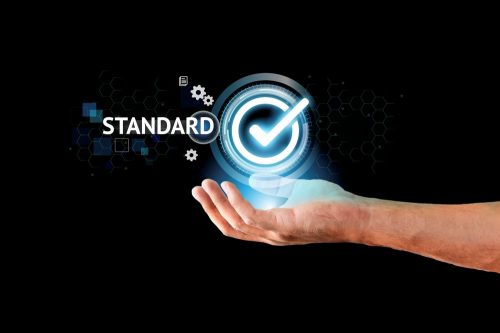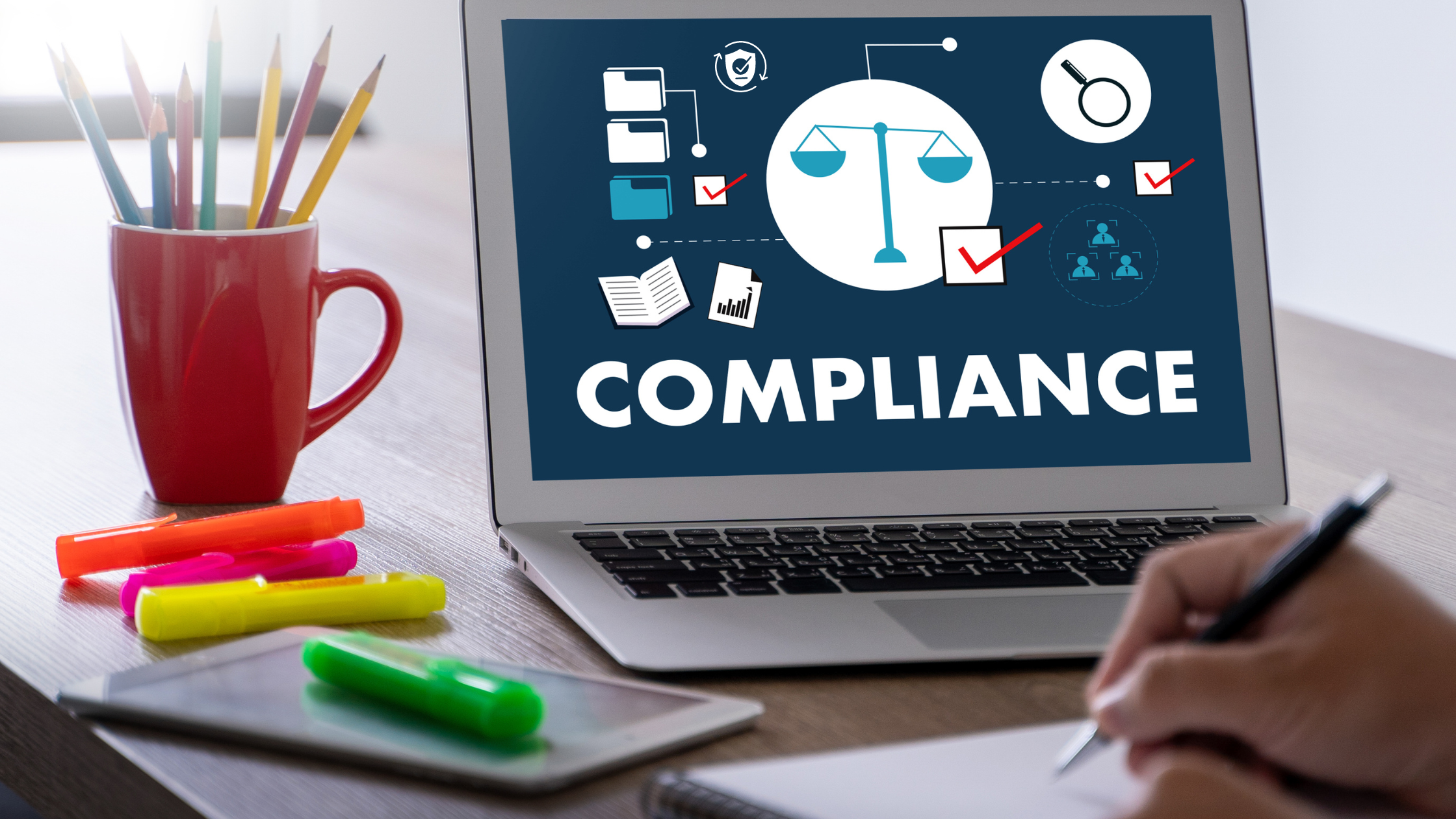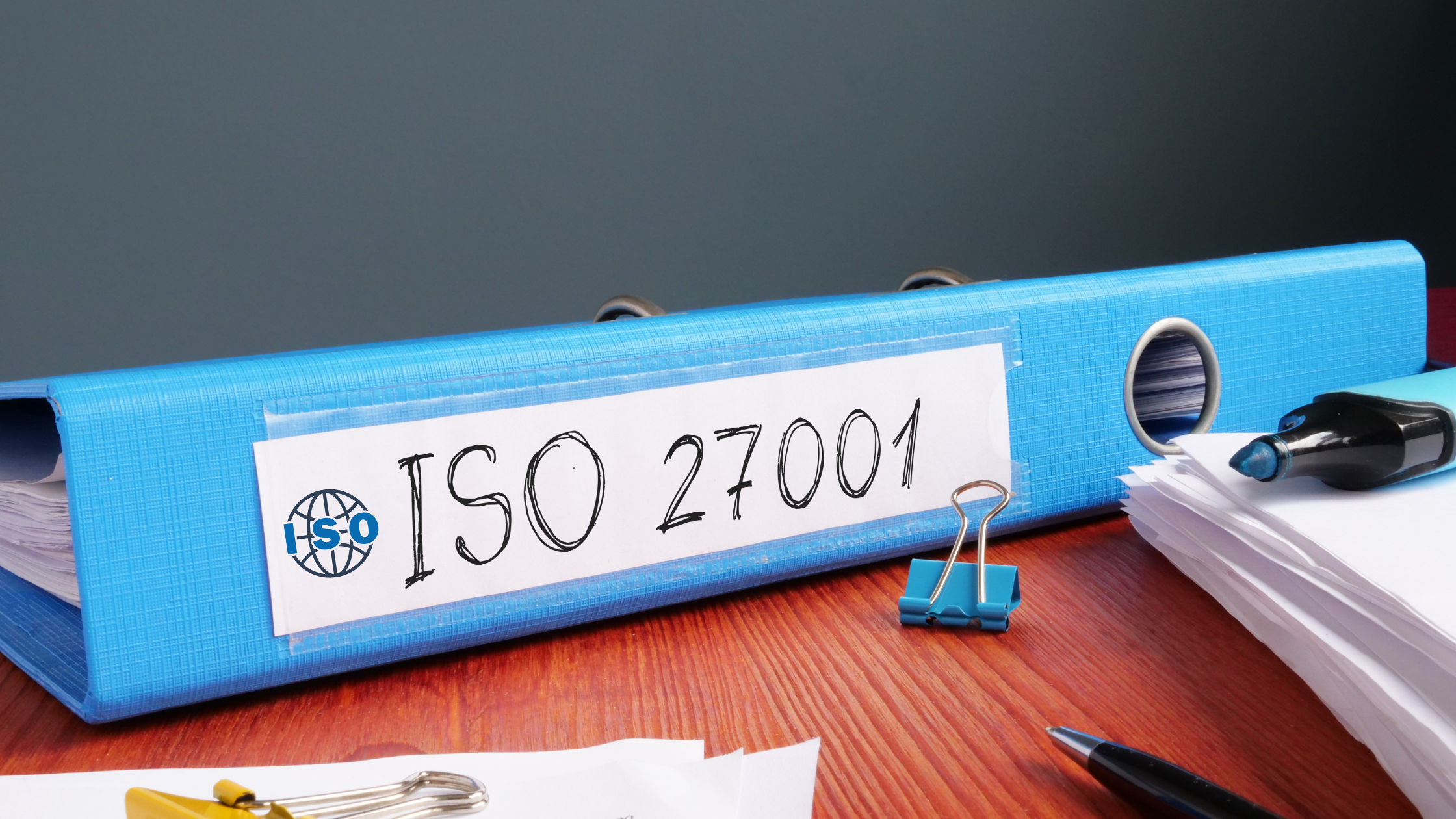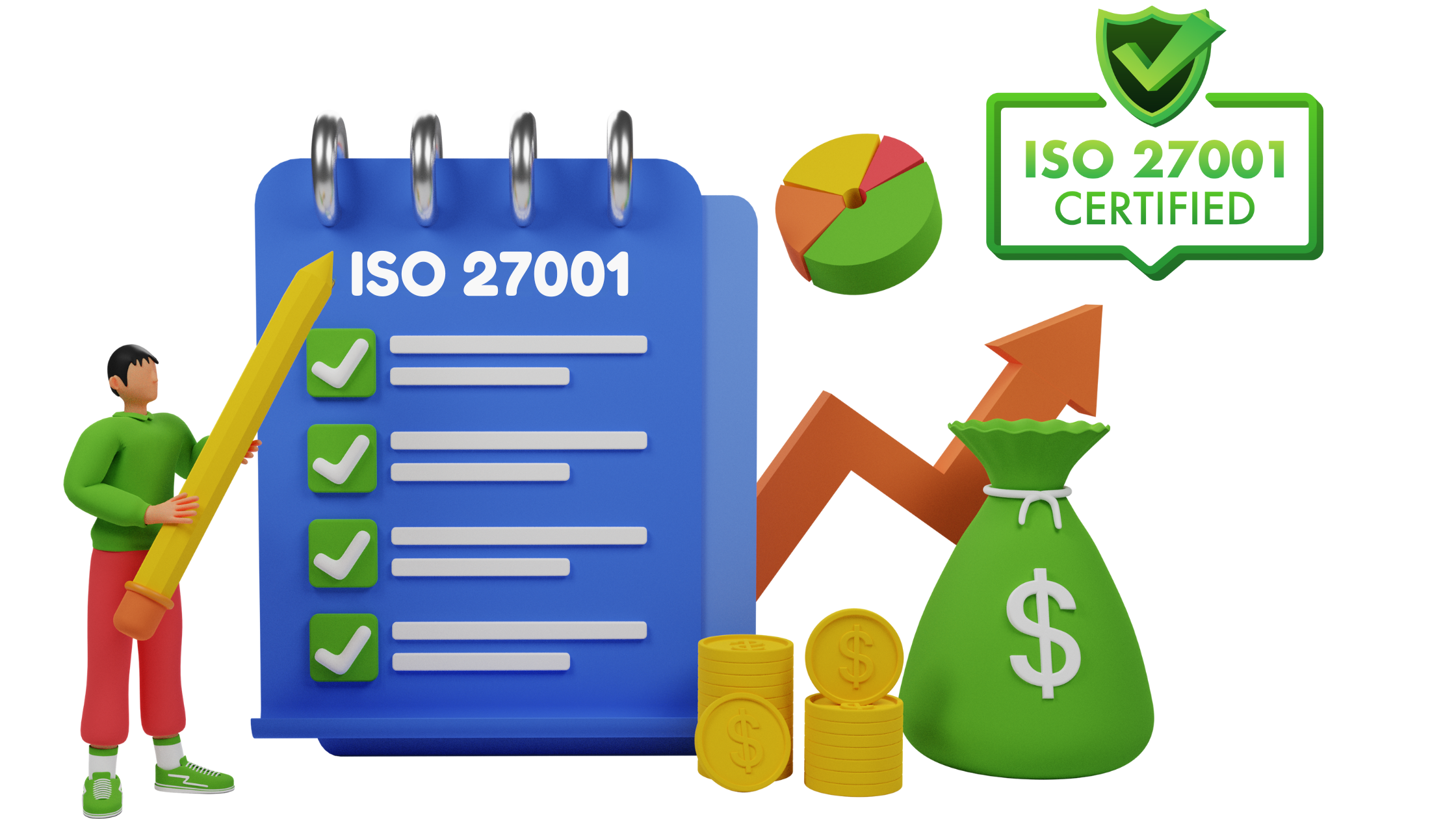Power of ISO 27001: A Comprehensive Guide to Certification, Implementation, and Controls
In today’s digital age, protecting sensitive information is paramount for businesses of all sizes. ISO 27001 stands as a beacon of assurance, guiding organizations in fortifying their information security practices. In this blog, we’ll delve into the intricacies of ISO 27001 standards, covering certification, implementation strategies, essential controls, and practical insights to help you navigate the complex world of information security.
Understanding ISO 27001 Certification
What is ISO 27001 Certification?
ISO 27001 certification is the globally recognized standard for establishing, implementing, maintaining, and continually improving an information security management system (ISMS). It provides a systematic approach to managing sensitive company information, ensuring its confidentiality, integrity, and availability.
Benefits of ISO 27001 Certification
Enhanced Credibility: ISO 27001 certification enhances the credibility and reputation of organizations by demonstrating their commitment to information security best practices.
Risk Mitigation: By identifying and addressing information security risks proactively, ISO 27001 certification helps mitigate the potential impact of data breaches and cyber threats.
Compliance Assurance: ISO 27001 certification ensures compliance with relevant laws, regulations, and contractual requirements related to information security.
Competitive Advantage: Organizations with ISO 27001 certification often gain a competitive edge in the marketplace, as it instills confidence in customers, partners, and stakeholders.
Improved Efficiency: Implementing ISO 27001 promotes efficiency and streamlines business processes by establishing clear roles, responsibilities, and procedures for managing information security.
Implementing ISO 27001 Framework
Key Steps in ISO 27001 Implementation
- Gap Analysis: Conduct a comprehensive assessment of existing information security practices to identify gaps and areas for improvement.
- Establish Leadership Support: Secure executive leadership support and commitment to drive the implementation process effectively.
- Develop ISMS Policies and Procedures: Define and document information security policies, procedures, and controls aligned with ISO 27001 requirements.
- Risk Assessment and Treatment: Conduct a thorough risk assessment to identify, evaluate, and prioritize information security risks, followed by implementing appropriate risk treatment measures.
- Training and Awareness: Provide training and awareness programs to employees at all levels to ensure they understand their roles and responsibilities in maintaining information security.
- Implement Controls: Implement technical, administrative, and physical controls to mitigate identified risks and protect sensitive information effectively.
- Internal Audit: Conduct internal audits to assess the effectiveness of implemented controls and ensure compliance with ISO 27001 requirements.
- Management Review: Hold regular management reviews to evaluate the performance of the ISMS, identify areas for improvement, and drive continual improvement initiatives.
Challenges and Best Practices in ISO 27001 Implementation
Challenges: Resistance to change, resource constraints, lack of expertise, complexity of documentation.
Best Practices: Secure executive sponsorship, involve stakeholders throughout the implementation process, adopt a phased approach, leverage external expertise if needed, and focus on practical solutions aligned with business objectives.
Essential ISO 27001 Controls
Overview of ISO 27001 Controls
ISO 27001 outlines a comprehensive set of controls organized into 14 domains, covering various aspects of information security management. These controls provide a framework for implementing measures to protect information assets effectively.
Examples of ISO 27001 Controls
- Access Control (A): Implement measures to ensure only authorized individuals have access to information resources, such as user authentication mechanisms, access control lists, and role-based access control (RBAC) systems.
- Information Security Policy (A.5): Develop and maintain an information security policy that defines the organization’s approach to managing information security risks, responsibilities of stakeholders, and compliance requirements.
- Incident Management (A.16): Establish procedures for detecting, reporting, and responding to information security incidents promptly, including incident identification, assessment, containment, eradication, and recovery.
- Physical and Environmental Security (A.11): Implement measures to prevent unauthorized access, damage, or interference to physical assets and information-bearing media, such as secure facilities, access controls, and environmental controls.
- Business Continuity Management (A.17): Develop and implement business continuity plans to ensure the organization can continue operating effectively in the event of disruptions or disasters, such as data backups, alternative facilities, and emergency response procedures.
Ensuring Compliance and Continual Improvement
Regular audits, reviews, and assessments are essential for ensuring ongoing compliance with ISO 27001 controls. Organizations should strive for continual improvement by addressing identified gaps, evolving threats, and emerging technologies.
Conclusion
ISO 27001 serves as a cornerstone for organizations seeking to fortify their information security posture. By achieving certification, implementing robust frameworks, adhering to essential controls, and continually improving their information security practices, businesses can safeguard sensitive data, gain stakeholders’ trust, and thrive in an increasingly digitized world.









